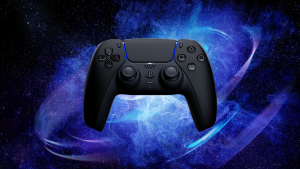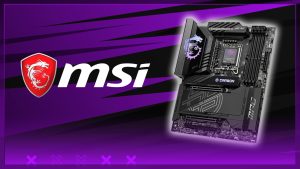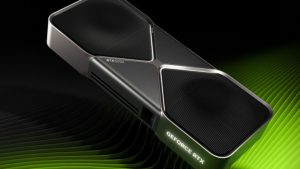Over the last two years, a trend has emerged that doesn’t appear to be going anywhere, anytime soon. I’m talking, of course, about the handheld gaming PC.
From Valve’s Steam Deck that really brought the market to the mainstream to the ASUS ROG Ally, Lenovo Legion Go, and upcoming MSI Claw, there are plenty of options on the market for consumers. The worry becomes that it can start to get overwhelming when deciding which option is the best for your needs.
To help you figure out what best suites you, we’ve taken a look at the available devices (no, the Nintendo Switch doesn’t count for this) and put together reasons to either purchase or avoid each handheld gaming PC.
One thing to note, these are all devices that are currently available and have been used by those at Insider Gaming. The MSI Claw, OneXPlayer OneXFly, and more will be added after it’s been used and tested.
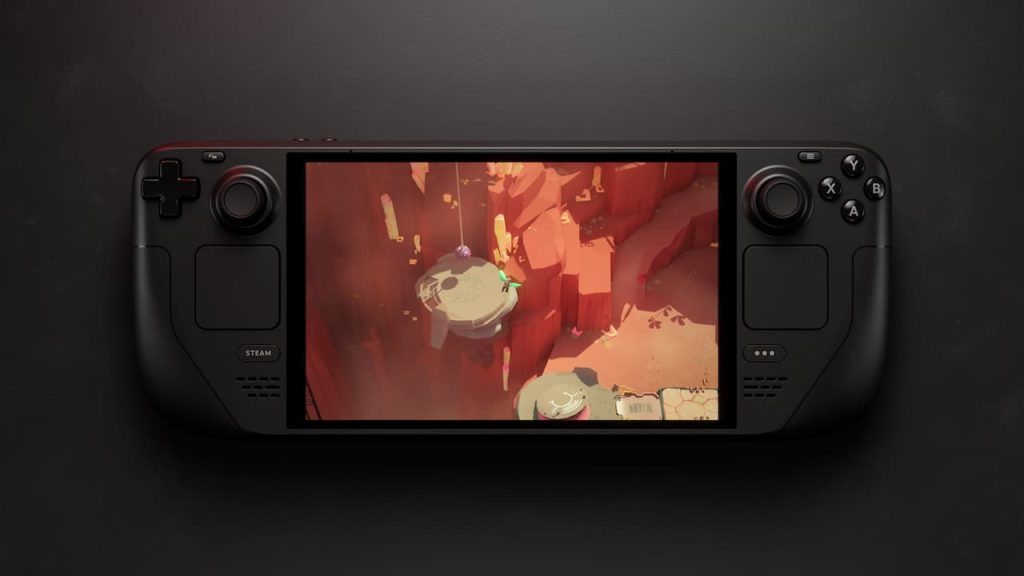
Valve Steam Deck
| Specification | Details |
|---|---|
| CPU | 4-core, 8-thread AMD Zen 2 |
| GPU | 8-core AMD RDNA 2 |
| Display | LCD: 7-inch 1200 x 800 LCD 60Hz OLED: 7.4-inch 1280 x 800 90Hz HDR OLED |
| RAM | 16 GB LPDDR5 |
| SSD | Starting 256GB NVMe SSD (LCD) Starting at 512GB (OLED) |
| Weight | 1.47 lbs |
| Size | 11.73″ x 4.6″ x 1.92″ |
| Price | Starting at $399.99 for LCD Starting at $549.99 for OLED |
The Steam Deck was the first major player to the market, and it remains one of the best. A Linux-based device, the Steam Deck doesn’t have the same drawbacks that other handheld PCs available have to deal with. There’s no Windows bloat that takes up space, and it’s a lot more friendly to get set up right out of the box.
It’s not the most powerful device, and some games will struggle. But that’s to be expected for a price as low as $399. Some games won’t be able to run at full settings and there are extra steps for games to be labeled as “Steam Deck Verified”. I will say though, most games I’ve played like Cyberpunk 2077, Elden Ring, Lords of the Fallen, and more have had no problem running.
If simplicity and a quick setup is high on your list, then the Steam Deck is a no brainer. And with the OLED version available, one of the biggest problems I have is no longer the cast. The only other real problem I still have with it is its battery life. Depending on the game, I’m lucky to get 90 minutes out of a full charge. You’re also limited to playing just Steam games if you don’t want to learn how to get Battle.net, PlayStation Plus, etc. up and running on your machine. So that could turn some people off.
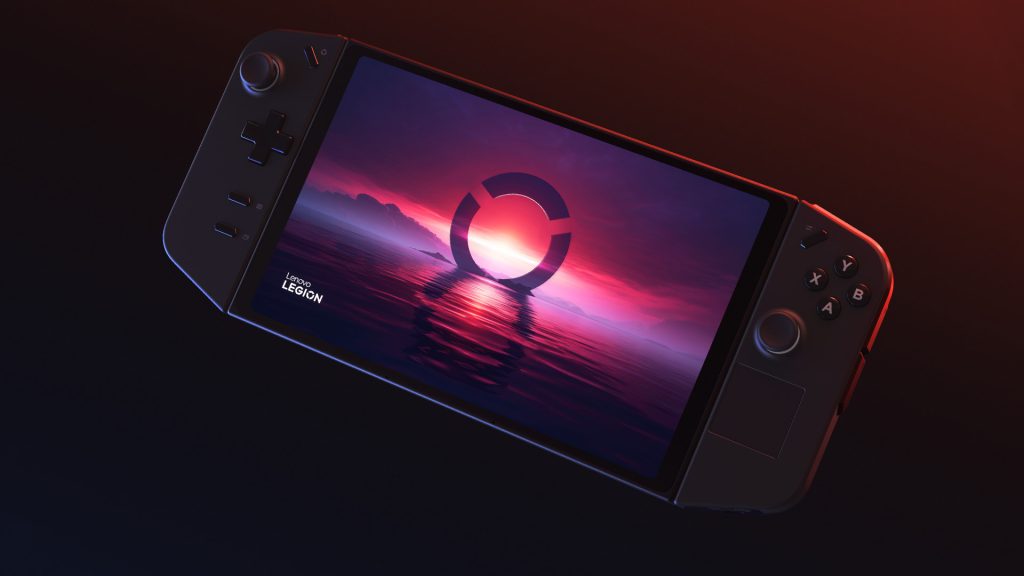
Lenovo Legion Go
| Specification | Details |
|---|---|
| CPU | AMD Ryzen Z1 Extreme |
| GPU | AMD Ryzen Z1 Extreme |
| Display | 8.8-inch 2560 x 1600 144Hz |
| RAM | 16GB LPDDR5X |
| SSD | 512GB SSD |
| Weight | 1.41 lbs without controllers 1.88 lbs with controllers |
| Size | 11.76″ x 1.6″ x 5.16″ |
| Price | Starting at $699.99 |
The Lenovo Legion Go may be the most underrated of the available handheld PCs. To me, it’s the most comfortable of the devices available. The way it just sits in your hands and feels natural helps make longer game sessions feel like nothing. For me, it was hard to go back to the Steam Deck because of the comfort level I had with the Legion Go
What sets it more apart from other handheld PCs are the detachable controllers. It gives off major Nintendo Switch vibes. It gives more flexibility in how you want to play, which helps those who can’t sit there holding the handheld.
It’s a Windows 11 machine meaning you have to do your standard login and utilize the Windows task bars, menus, etc. in order to get to your games. That said, because it’s Windows, getting Battle.Net, Ubisoft Connect, and other launchers installed and set up is a piece of cake. It’s a great option for those that have games on different launchers and want the flexibility of the detachable controllers.
One thing to be aware of is how bulky the Legion Go is. It’s not heavy, but it’s big, sitting at 11.76 inches long. That said, it’s not a turnoff unless you have really small hands or, maybe, want this for a child. Also, it features a 1600p display which may require you to mess with in-game settings quite a bit to get your games to look the way you want.
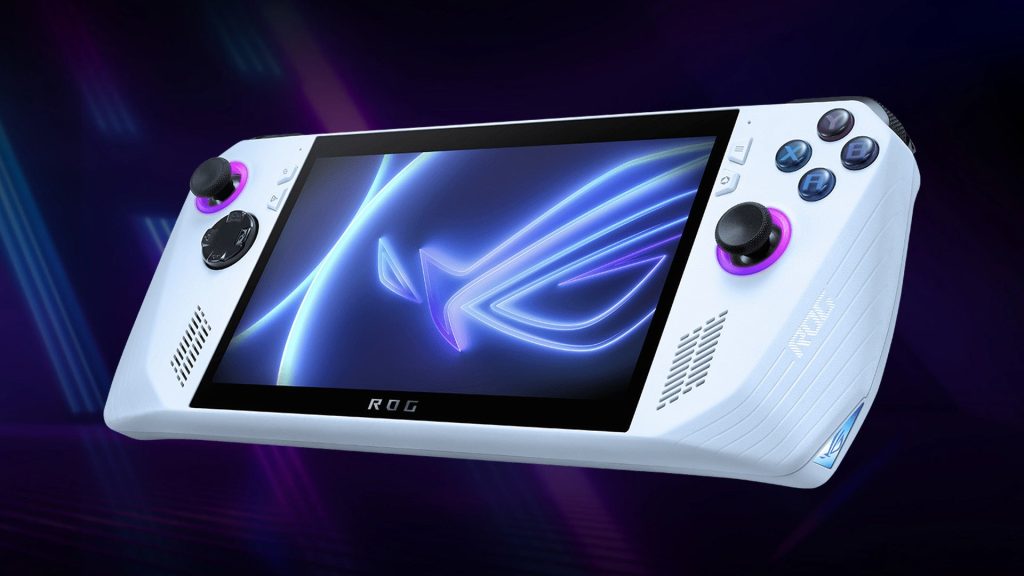
ASUS ROG Ally
| Specification | Details |
|---|---|
| CPU | AMD Ryzen Z1/Extreme |
| GPU | AMD Ryzen Z1/Extreme |
| Display | 7-inch 1920 x 1080 120Hz |
| RAM | 16GB LPDDR5 |
| SSD | 512GB-1TB NVMe SSD |
| Weight | 1.34 lbs |
| Size | 11.02″ x 4.37″ x 0.83 |
| Price | Starting at $499.99/ROG Ally X is $799.99 |
It’s been on the market for a year now and the ROG Ally X is here, showing that ASUS isn’t playing around with its effort on the market. Another Windows 11 system, the ROG Ally offers the same features from a software standpoint as the Legion Go. What will set it apart is your preference of the above specifications and the feel of the device.
As our Grant Taylor-Hill said: “It’s a sleek device that has a nice splash of RGB front and centre, which appeals to the gamer in all of us. The face buttons are a good size and are tactile, and the whole setup is made to mimic an Xbox or a PlayStation controller, right down to the sloped triggers and large, curved shoulder buttons.”
Do you have a handheld gaming PC, and which do you think is the best? For more Insider Gaming, read about NATO’s plan to keep the internet alive if the undersea cables ever came under attack.





